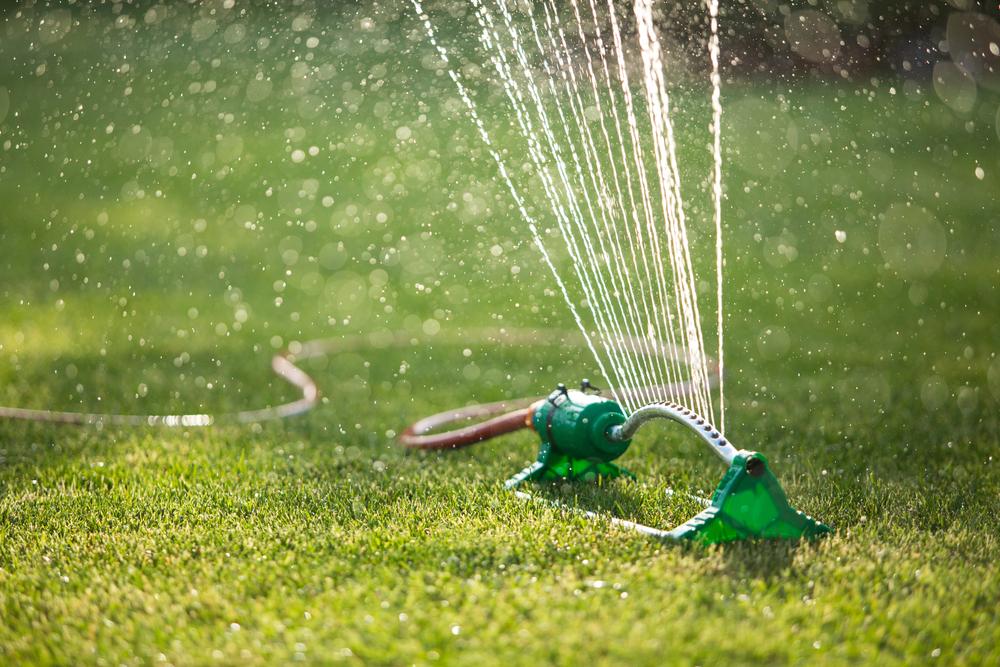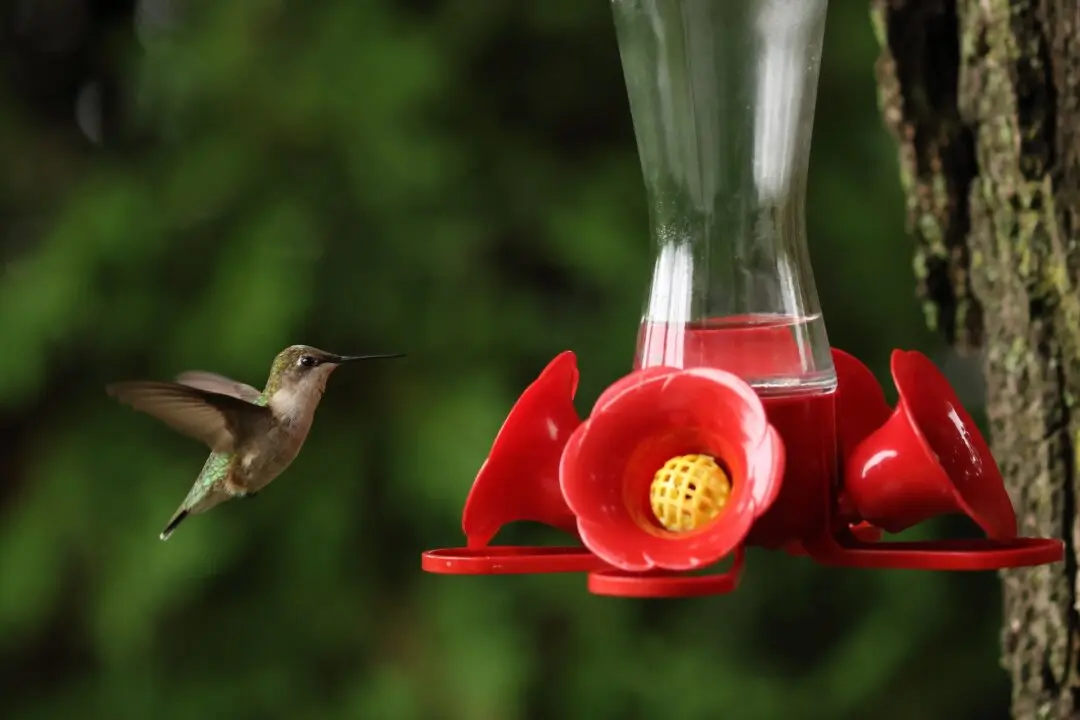Q: We built a new home, and sod was laid yesterday. I did a fair amount of watering yesterday. How much do I water from here on? I have heard all types of things ... as much as six hours a day for the first two weeks. What do you recommend?
A: It is only necessary to water new grass (sod or seed) to keep the soil damp. Not waterlogged and not dry. The grass roots need to grow into the new soil that has two vital ingredients—water and air. They can’t grow into soil that is waterlogged that has no air or into dry soil that has no water. Warmer or windier weather will dry the soil faster than cloudy, cool weather. Any water that is puddling up or running off is wasted. Don’t water by the clock; water by the demand.





